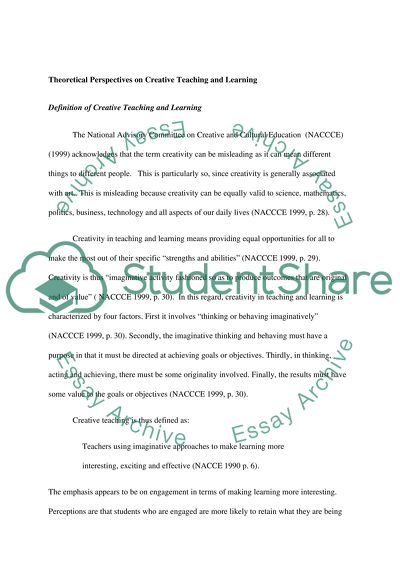Cite this document
(“Interface Between Theory And Practice In Reflecting On Creative Essay”, n.d.)
Retrieved de https://studentshare.org/education/1390456-interface-between-theory-and-practice-in-reflecting-on-creative-teaching-and-learning
Retrieved de https://studentshare.org/education/1390456-interface-between-theory-and-practice-in-reflecting-on-creative-teaching-and-learning
(Interface Between Theory And Practice In Reflecting On Creative Essay)
https://studentshare.org/education/1390456-interface-between-theory-and-practice-in-reflecting-on-creative-teaching-and-learning.
https://studentshare.org/education/1390456-interface-between-theory-and-practice-in-reflecting-on-creative-teaching-and-learning.
“Interface Between Theory And Practice In Reflecting On Creative Essay”, n.d. https://studentshare.org/education/1390456-interface-between-theory-and-practice-in-reflecting-on-creative-teaching-and-learning.


